If you’re a gamer or someone who works with graphics, you’ve likely heard of the NVIDIA GeForce GTX 280.
This high-end graphics card was launched on June 16th, 2008, and was built on the 65 nm process. It was based on the GT200 graphics processor, in its G200-300-A2 variant, and supported DirectX 11.1.
It was a powerful graphics card that offered a range of features for gamers and graphics professionals alike.
In this blog post, we will discuss the features, specifications, performance, and comparison of the NVIDIA GeForce GTX 280 card with others.
NVIDIA GeForce GTX 280 Overview
Here’s a brief overview of what you can expect from this Card.
Performance:
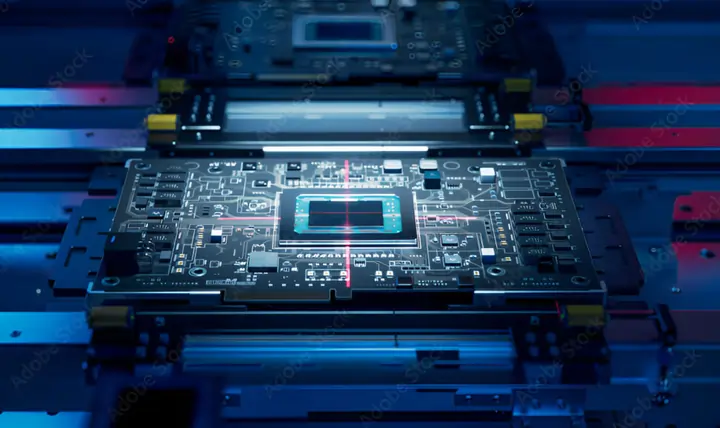
The NVIDIA GeForce GTX 280 was designed to deliver excellent performance in a variety of games, applications, video editing, and more.
With a core clock speed of 602 MHz and a shader clock speed of 1296 MHz, this graphics card is capable of handling even the most demanding tasks with ease.
Memory:
It comes with 1 GB of GDDR3 memory, which is more than enough for most applications. The memory clock speed is 1107 MHz, which translates to an effective speed of 2.2 GHz.
Connectivity:
It features two DVI ports and one S-Video port, making it easy to connect to a variety of displays.
The card is also compatible with PCI-Express 2.0 x16
Power Consumption:
It is a relatively power-hungry graphics card, with a maximum power draw of 236 W.
It requires both a 6-pin and an 8-pin power connector to operate.
NVIDIA GeForce GTX 280 Specifications
| Component | Specification |
| GPU Model | Nvidia GeForce GTX 280 |
| GPU Architecture | GT200 |
| Process Technology | 65nm |
| CUDA Cores | 240 |
| Texture Units | 80 |
| ROP Units | 32 |
| Core Clock | 602 MHz |
| Shader Clock | 1296 MHz |
| Memory | 1 GB GDDR3 |
| Memory Clock | 1107 MHz (2214 MHz effective) |
| Memory Interface | 512-bit |
| Memory Bandwidth | 141.7 GB/s |
| DirectX Support | DirectX 10 |
| OpenGL Support | OpenGL 3.3 |
| OpenCL Support | OpenCL 1.1 |
| Shader Model | 4.0 |
| Max Resolution | 2560 x 1600 |
| Max Monitors Supported | 2 |
| Connectors | 2 x Dual-link DVI-I, 1 x HDMI |
| Power Connectors | 1 x 6-pin, 1 x 8-pin |
| TDP | 236W |
| Dimensions | Standard dual-slot |
| Price | Now $499 ($649 at launch) |
NVIDIA GeForce GTX 280: Key Features
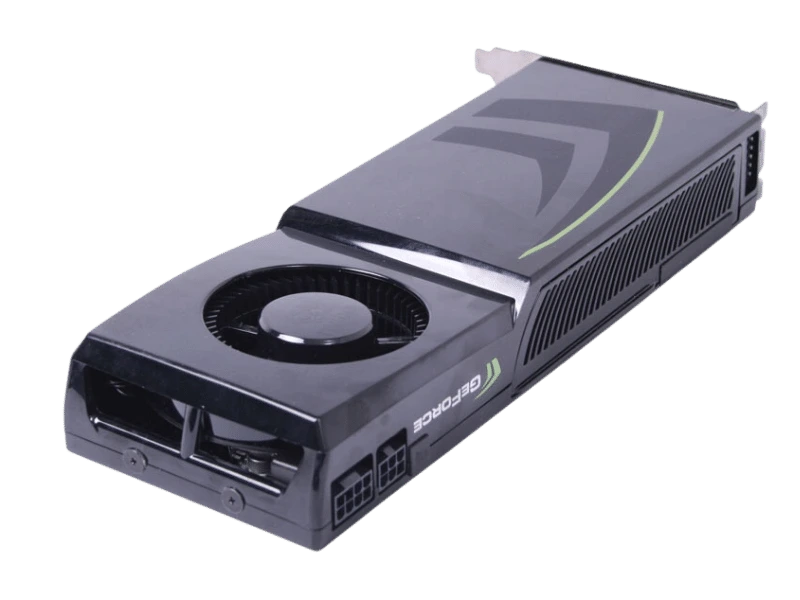
Graphics Processing Unit
The GTX 280 features a Graphics Processing Unit (GPU) that has 240 shader cores clocked at an impressive 1.3 GHz.
The GPU is the heart of the graphics card and is responsible for rendering all the images and videos on your screen.
Memory Specifications
It has 1 GB of GDDR3 memory with a 512-bit memory interface.
The memory is clocked at 1107 MHz, which translates to an effective speed of 2.2 GHz.
The memory is responsible for storing all the data that the GPU needs to render images and videos.
Display Support
It supports multiple displays, including up to two DVI displays and an HDTV display.
The GTX 280 also supports DirectX 10 and OpenGL 3.3.
Performance Analysis
It was designed to provide top-notch performance for gaming and multimedia applications.
Gaming Performance
It was a powerful graphics card that could handle most modern games at the time.
It had 240 Texture Mapping Units (TMUs), 80 Raster Operation Pipelines (ROPs), and a 512-bit memory interface.
According to TechPowerUp GPU Database, the recommended gaming resolutions for the NVIDIA GeForce GTX 280 were 1366×768, 1600×900, and 1920×1080.
At these resolutions, the card was capable of delivering smooth and immersive gaming experiences.
Benchmark Performance
The NVIDIA GeForce GTX 280 was also a popular choice for benchmarking.
According to UserBenchmark, the effective speed of the card was -1,790%. This means that it was almost 18 times faster than the average graphics card at the time.
Power Consumption
One of the drawbacks of this card was its high power consumption.
It required a minimum of 550 watts of power and had a maximum power draw of 236 watts.
This meant that it required a powerful and efficient power supply to operate at its full potential.
Read Also: RTX 2080 super vs 3070: Which One is Best for You?
Compatibility and Requirements
To use this graphics card, you need to make sure that your system meets the necessary requirements.
Here are the compatibility and system requirements for this Graphic Card.
Compatibility
It is compatible with most desktop computers that have a PCI Express 2.0 or 1.1 slot.
The graphics card is designed to work with Windows Vista, Windows XP, and Windows 7 operating systems.
It is also compatible with Linux operating systems.
System Requirements
To use this card, you need to have a power supply unit (PSU) that can provide at least 550 watts of power.
The PSU should have a minimum of 40 amps on the +12 volt rail.
You also need to make sure that your motherboard is compatible with this card.
The motherboard should have a PCI Express 2.0 or 1.1 slot.
The graphics card is also compatible with PCI Express 3.0-compliant motherboards.
Other Requirements
To get the most out of the NVIDIA GeForce GTX 280, you may also need to upgrade other components in your computer.
For example, you may need to upgrade your monitor to a higher resolution or refresh rate to take advantage of the card’s capabilities.
You may also need to upgrade your CPU and RAM to prevent bottlenecking and ensure that your system can keep up with the graphics card’s performance.
Comparison with Other Graphics Cards
Here are some of the main differences between the GTX 280 and other popular graphics cards on the market:
Nvidia GeForce GTX 260: The GTX 260 is a slightly less powerful version of the GTX 280, with fewer stream processors and a lower core clock speed.
It’s also more power-efficient, consuming around 30 watts less power under load.
AMD Radeon HD 4870: The Radeon HD 4870 is a strong competitor to the GTX 280, with similar performance in many benchmarks.
However, it also consumes significantly more power under load, making it less efficient overall.
It’s also slightly less expensive than the GTX 280, but not by a significant margin.
Nvidia GeForce GTX 285: The GTX 285 is a newer version of the GTX 280, with a slightly higher core clock speed and more stream processors. However, it’s also more expensive than the GTX 280, making it a less attractive option for budget-conscious gamers.
Read Also: How to Fix Zoom Update Error Code 10004?
NVIDIA GeForce GTX 280: User Experience
Cooling and Noise
The cooling system on this card is impressive. It features a dual-slot cooling solution with a large heatsink and a fan that keeps the GPU cool under heavy loads.
As for noise, It is relatively quiet. The fan is not completely silent, but it’s not loud enough to be a distraction either.
Power Consumption
It is a power-hungry GPU. It requires a minimum of 550 watts of power from your power supply unit (PSU).
It also has a TDP (thermal design power) of 236 watts, which means it generates a lot of heat.
Pros & Cons
Pros:
- High performance for gaming and graphics tasks.
- Supports advanced features like ray tracing and AI gaming.
- Effective cooling system for temperature control.
- Large 1GB GDDR3 memory for modern applications.
Cons:
- High power consumption, leads to increased bills.
- Expensive, and not suitable for budget users.
- Large size might not fit all cases.
- Older technology compared to newer graphics cards.
Conclusion
NVIDIA GeForce GTX 280 is a powerful graphics processing unit that offers a host of new features.
The card is capable of supporting new technologies like ray tracing and AI-based gaming, making it a great choice for gamers and professionals alike.
One of the most notable features of the GTX 280 is its high clock speeds, which allow for faster and smoother gameplay.
It also has a large amount of memory, which is essential for handling complex graphics and textures.






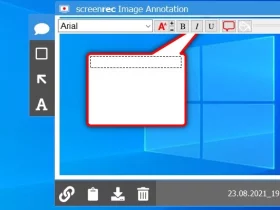








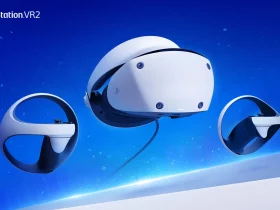




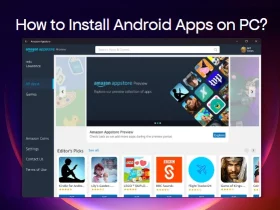

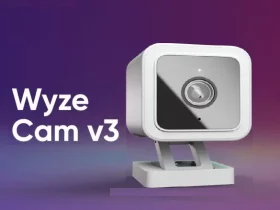

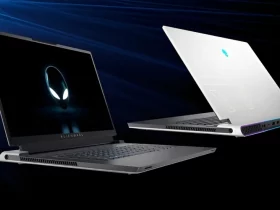


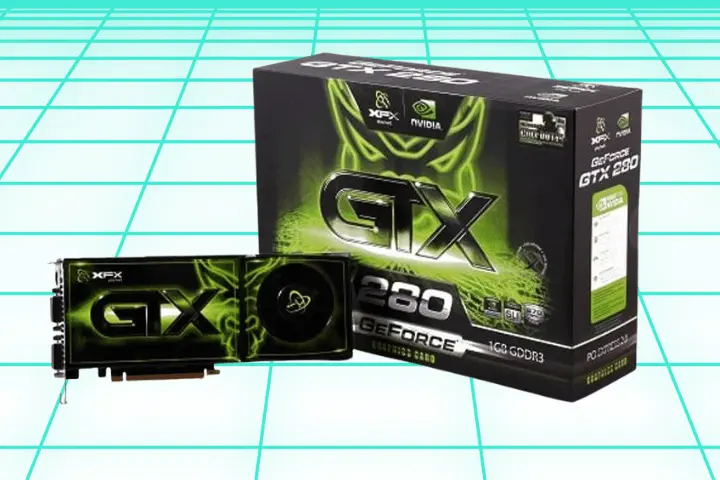

Leave a Reply